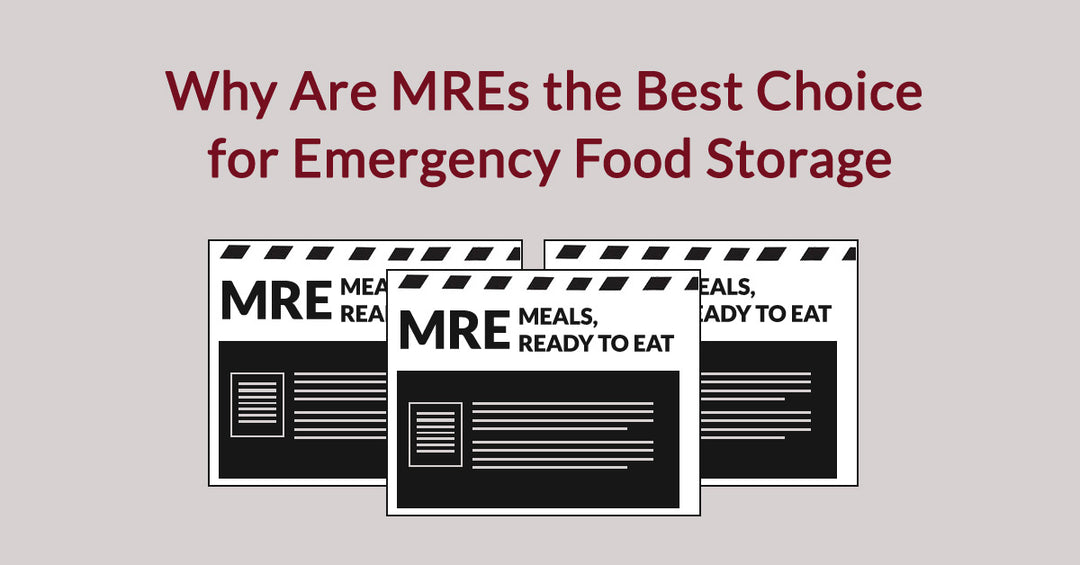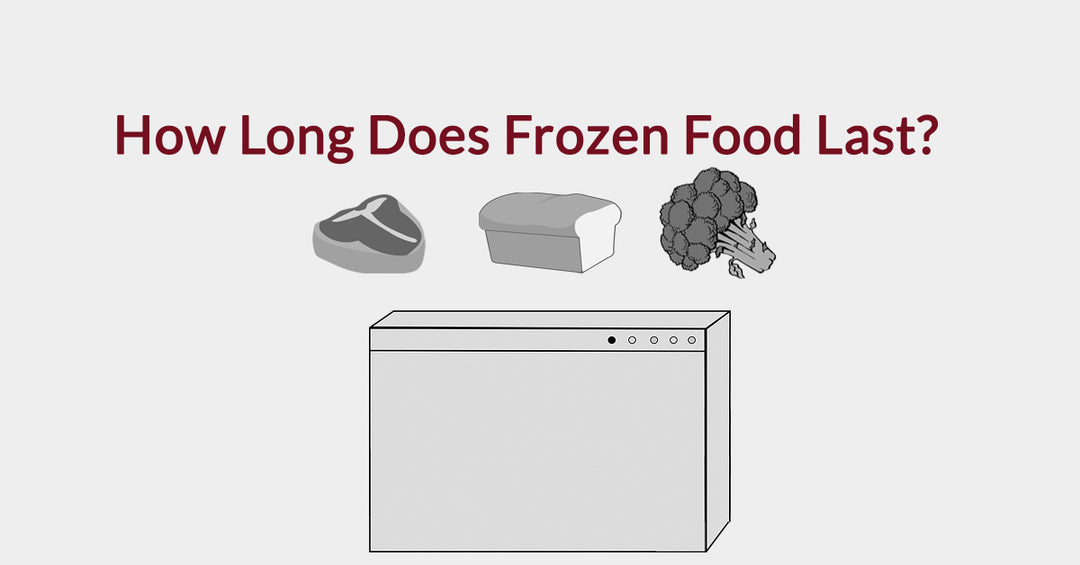US Food Supply Disaster Series: Midwest Derecho (August 2020, Iowa and Central U.S.)

In August 2020, an "inland hurricane"—a powerful straight-line windstorm known as a derecho—swept across the Midwest, particularly impacting Iowa. This severe weather event not only caused widespread damage but also exposed critical vulnerabilities in our modern food supply chain. For anyone following agricultural news, severe weather preparedness, or interested in food security, the lessons from this disaster are crucial.
When an Inland Hurricane Hits the Heartland
Derechos are intense wind storms that can mimic a hurricane's destructive power. The 2020 event brought winds over 100 mph, flattening millions of acres of corn and soybeans in Iowa alone. This immediate agricultural impact underscored the fragility of large-scale farming operations to extreme weather events.
Unpacking the Food-Related Challenges
The derecho triggered a cascade of food-related issues. Widespread damage to grain silos and cornfields directly impacted harvest and future food supplies. Extensive power grid failures brought meat processing facilities to a halt, jeopardizing perishable goods due to lack of refrigeration. Even food bank warehouses, vital for aiding low-income families, were directly hit, disrupting essential food assistance programs.
These challenges revealed significant weaknesses in our centralized, "vertical food systems."
Who Was Most Affected and Why?
The impact was felt most acutely by rural farmers facing devastating crop losses and infrastructure damage. Low-income families experienced heightened food insecurity as supply chains broke down and food assistance was hampered. Regional processors, dependent on just-in-time deliveries, faced operational nightmares due to disruptions in raw material flow and power outages.
Outcomes and Lessons Learned: Building a More Resilient Food Future
The 2020 Midwest derecho, though destructive, served as a powerful catalyst for change. It highlighted the structural weaknesses of relying on long, vulnerable supply lines.
One key outcome has been increased interest in decentralized farming models. Local food systems, less reliant on single points of failure, showed greater resilience. This has fueled conversations around strengthening local food networks and diversified farms.
Furthermore, the widespread power outages emphasized the critical need for backup energy solutions for food storage. From farms to processing plants, reliable power is essential for preventing spoilage and ensuring food safety. This has spurred exploration of renewable energy and generator backups.




